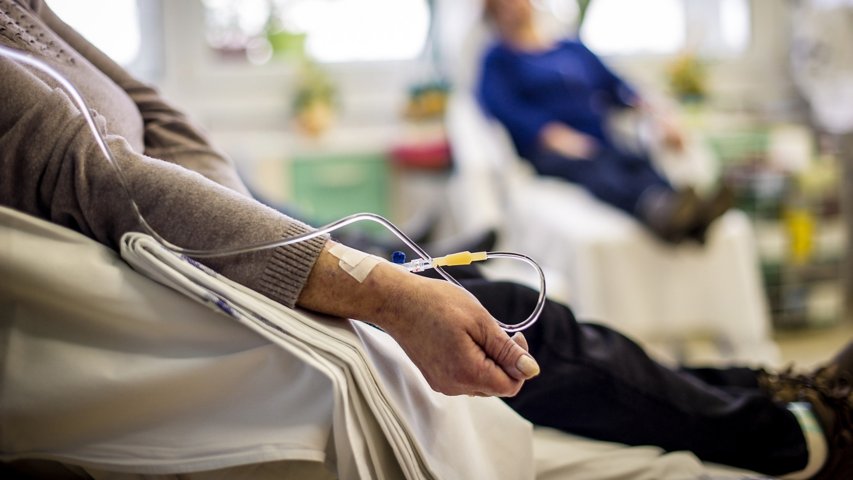Challenge
To quantify and validate tangible aspects of emergency preparedness and response.
Solutions
An Arena Simulation was built to include the steps upon receiving a request for emergency services and the deployment to these areas.
Results
Based on analysis, investments in lab capacity would have the most significant impact on the performance and capacity of NC PHIN during a state-wide E.coli outbreak. We determined this by identifying the resource that was limiting the overall capacity of NC PHIN based on queue wait times and resource utilization. The findings from the simulation also highlight the fact that the existence of capacity doesn’t imply that the capacity is being fully utilized. Bottlenecks in the upstream stages of a process limit the utilization (and realized capacity) of subsequent resources.
Background
The attacks of September 11th, the 2005 Indian Ocean Tsunami and the recent Swine Flu Outbreak have all highlighted the need for more resilient and responsive public health infrastructures. Following the attacks of September 11th, a growing fear of a bioterrorist attack emerged within the United States and pushed the threat of bioterrorism to the forefront of the public health emergency preparedness and response agenda.(Association of Schools of Public Health 2004) As a result, an influx of funding to support the development of many public health emergency preparedness and response systems was provided to improve public health infrastructures. Given the sense of urgency that surrounded the development of many of these systems, very little oversight and detail was provided to determine how the efficacy of these systems would be governed, measured and evaluated. Despite the investment of more than six billion dollars towards public health emergency preparedness and response initiatives since 2001, many would agree that valid, well defined and broadly accepted performance measures have yet to be established.
Challenge
The goal is to present a methodology for capturing the value of emergency preparedness and response systems, such as NC PHIN. Ultimately we seek to answer the following question: How has NC PHIN increased emergency preparedness and response capacity with respect to the ability to efficiently prepare for and respond to events that involve communicable diseases? In seeking to answer this question a simulation model was developed of the 2004 North Carolina State Fair E.coli Outbreak to quantitatively capture the capacity of the less tangible aspects of emergency preparedness and response systems.
Solution
Due to the complexity of public health emergency response, prior to building our simulation model we narrowed the focus of our analysis down to a specific threat. The 2004 State Fair E.coli Outbreak was selected as a representative communicable disease outbreak in North Carolina.(Goode and O’Reilly 2005) The 2004 State Fair E.coli Outbreak case was selected for the following reasons:
- This event was one of the largest petting zoo outbreaks of E.coli to date.
- It was a statewide public health threat. Statewide events require communication across jurisdictions and organizations, which was an area we were interested in analyzing.
- The state fair attracted visitors from a variety of counties, providing the opportunity to observe the variability in response among the different counties.
Results
In the analysis of the NC PHIN system, primary areas of improvement are identified by potential bottlenecks in our system. As explained earlier, long queue times in a process followed by significantly shorter queue times in subsequent stages of the process are used to identify bottlenecks in the system. For this analysis the average queue waiting times provided insight into potential system bottlenecks. As indicated by Table 1, our data implies that the bottleneck in NC PHIN is primarily associated with the lab capacity. This is suggested by the long wait times in queue for the lab resource followed by subsequent processes with no queues. Furthermore, the lower utilization of other resources in the system indicate that the NC PHIN system has some level of capacity that is not being utilized which further supports our hypothesis that the lab may be the source of NCPHIN’s bottleneck, limiting the effectiveness of other resources.
Our findings suggest that investments in improving overall system performance of NC PHIN should be aimed at improving lab capacity. Although other capacities may still be important, investing in priorities other than the bottleneck may not provide as much of a return on the investment in the overall system performance if the value of competing priorities are being limited by the bottleneck. Therefore, from an economic standpoint, since lab capacity is the resource that is constraining our 1964 Wynter and Ivy system’s capacity, it should be the primary area of focus in establishing investment priorities (e.g. funding or the allocation of resources) for improving the performance of the public health response system (NC PHIN).
Publicado 1 de agosto de 2014
Ready to Order Your Software?
Recommended For You



